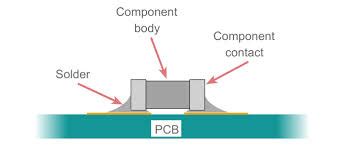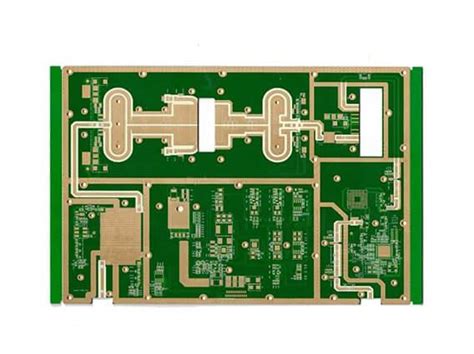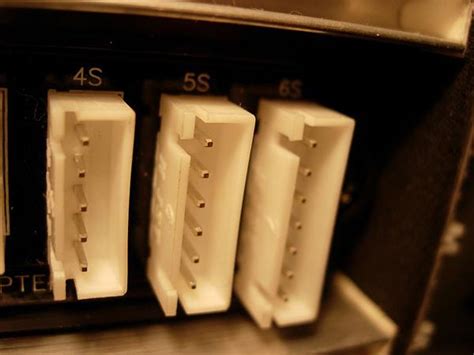Industrial Control PCB: Design, Applications, and Manufacturing Considerations
Introduction
Industrial control systems (ICS) are the backbone of automation in manufacturing, energy, transportation, and other critical industries. At the heart of these systems are Industrial Control PCBs (Printed Circuit Boards), which ensure reliable operation in harsh environments. These PCBs must meet stringent requirements for durability, signal integrity, and thermal management.
This article explores the key aspects of Industrial Control PCBs, including:
- Design considerations
- Common applications
- Material selection
- Manufacturing challenges
- Future trends
1. What is an Industrial Control PCB?
An Industrial Control PCB is a specialized circuit board designed to operate in industrial environments where factors like high temperatures, vibrations, dust, and electromagnetic interference (EMI) are common. Unlike consumer electronics PCBs, industrial control boards must adhere to stricter reliability standards, such as:
- IPC-A-610 (Acceptability of Electronic Assemblies)
- UL certification (for safety)
- ISO 9001 (Quality Management)
These PCBs are used in:
- Programmable Logic Controllers (PLCs)
- Motor control systems
- Human-Machine Interfaces (HMIs)
- Industrial robots
- Power distribution systems
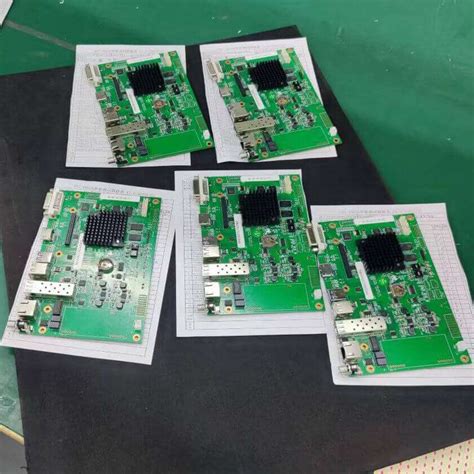
2. Key Design Considerations for Industrial Control PCBs
2.1 Robustness & Durability
Industrial environments expose PCBs to extreme conditions, so they must be designed for:
- High-temperature resistance (using materials like FR-4 High-Tg or polyimide)
- Vibration & shock resistance (reinforced mounting, thicker copper layers)
- Moisture & chemical resistance (conformal coating, sealed enclosures)
2.2 Signal Integrity & EMI Shielding
Industrial machinery generates significant electromagnetic noise, so PCB designs must include:
- Proper grounding techniques
- Shielded traces
- Ferrite beads & filters
- Differential signaling for noise immunity
2.3 Thermal Management
High-power industrial electronics require efficient heat dissipation:
- Thermal vias & heatsinks
- Copper pour for heat distribution
- High-thermal-conductivity substrates (e.g., metal-core PCBs)
2.4 Power Integrity
Industrial PCBs often handle high currents, necessitating:
- Wide power traces
- Multiple power planes
- Overcurrent protection (fuses, PTC thermistors)
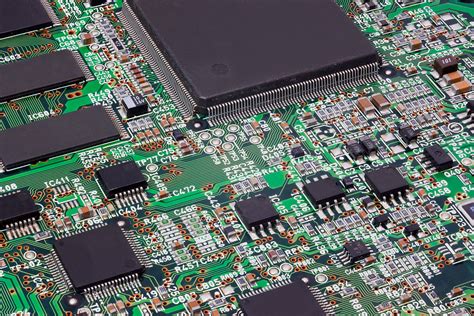
3. Common Applications of Industrial Control PCBs
3.1 Factory Automation & Robotics
- PLC (Programmable Logic Controller) boards – Control machinery in assembly lines.
- Servo motor controllers – Ensure precise motion control in robotic arms.
3.2 Power & Energy Systems
- Inverters & converters – Used in solar/wind power systems.
- Smart grid controllers – Manage electricity distribution.
3.3 Transportation & Automotive
- Engine control units (ECUs) – Monitor and regulate vehicle performance.
- Railway signaling systems – Ensure safe train operations.
3.4 Oil & Gas Industry
- Drilling equipment controllers – Operate in high-pressure, high-temperature conditions.
- Pipeline monitoring systems – Detect leaks and pressure changes.
4. Material Selection for Industrial Control PCBs
| Material | Properties | Best For |
|---|---|---|
| FR-4 (Standard) | Cost-effective, moderate thermal resistance | Low-power industrial devices |
| FR-4 High-Tg | Better thermal stability (up to 170°C) | High-temperature environments |
| Polyimide | Extreme heat & chemical resistance | Aerospace, military, oil & gas |
| Metal-Core (MCPCB) | Excellent heat dissipation | LED drivers, power electronics |
| Ceramic PCBs | Ultra-high thermal conductivity | High-frequency RF applications |
5. Manufacturing Challenges & Solutions
5.1 High Reliability Requirements
- Solution: Rigorous testing (thermal cycling, vibration tests, burn-in testing).
5.2 Complex Multi-Layer Designs
- Solution: Advanced CAD tools (Altium, Cadence) for impedance control and signal integrity.
5.3 Harsh Environment Resistance
- Solution: Conformal coating (silicone, acrylic, or epoxy) to protect against moisture and dust.
5.4 Compliance with Industry Standards
- Solution: Partnering with certified PCB manufacturers (ISO 9001, UL, IPC Class 3).
6. Future Trends in Industrial Control PCBs
6.1 Industry 4.0 & IoT Integration
- Smart factories demand wireless-enabled PCBs with IoT sensors for real-time monitoring.
6.2 Higher Power Density & Miniaturization
- Embedded components and HDI (High-Density Interconnect) PCBs reduce size while increasing functionality.
6.3 AI & Machine Learning in PCB Design
- AI-driven design tools optimize layouts for signal integrity, thermal performance, and manufacturability.
6.4 Sustainable Manufacturing
- Lead-free soldering and recyclable PCB materials align with global environmental regulations.
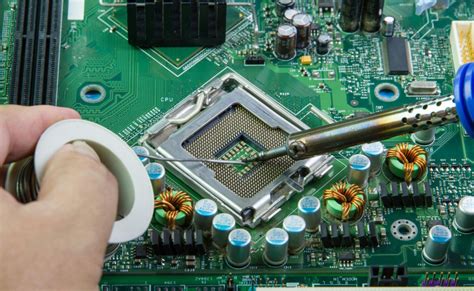
Conclusion
Industrial Control PCBs are critical for modern automation, requiring high reliability, durability, and advanced thermal management. As industries adopt Industry 4.0, AI, and IoT, PCB designs will continue evolving to meet higher performance demands.
For businesses, selecting the right PCB manufacturer with expertise in industrial-grade boards is essential for long-term success. By focusing on material selection, EMI shielding, and compliance with industry standards, engineers can ensure robust performance in even the harshest environments.
Would you like a deeper dive into any specific aspect, such as thermal management techniques or IoT-enabled industrial PCBs? Let me know how I can refine this further!


